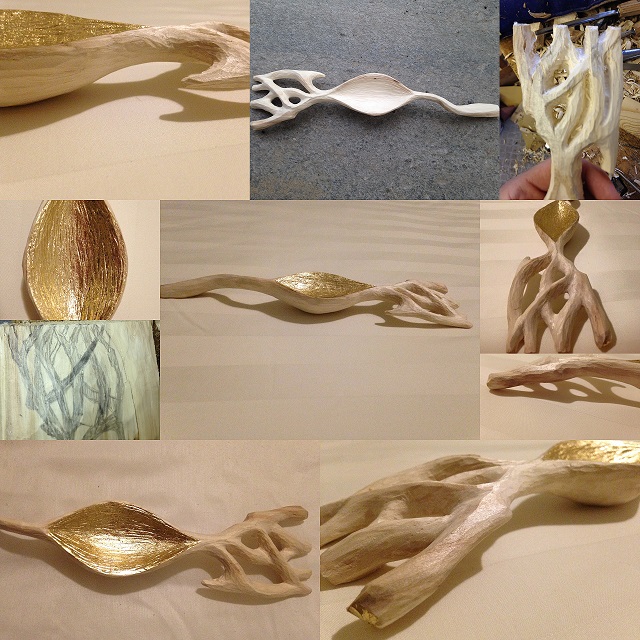Embodied Making, Creative Cognition and Memory
DOI:
https://doi.org/10.7577/formakademisk.1487Keywords:
Embodied making, neurobiology, memory, cognition, hippocampusAbstract
This article revisits previous research on the maker’s experience when working with materials, and discusses this in light of new research on creative cognition and the neurobiological basis of making. It is one in a series of four articles, which draw on neurobiological knowledge to expand our understanding of the woodcarver’s experience. The aim of this article is to present and discuss one element of the creative cognition of the woodcarver: memory. It reviews the basics of the nervous system and its function, cognition, and attention. I argue that one of the reasons why the woodcarver cherishes the experience of carving is that he or she can recall and relive many details in the memory of it. I will specifically discuss the role of the hippocampus in storing and recollecting declarative episodic memories. The article concludes with a short discussion of why this knowledge is useful in understanding the woodcarver’s experience and, in turn, if – and, if so, why – woodcarving could be an important activity in which to engage in the twenty-first century.

Downloads
Published
How to Cite
Issue
Section
License
Authors who publish with this journal agree to the following terms:
- Authors retain copyright and grant the journal right of first publication with the work simultaneously licensed under a Creative Commons Attribution 4.0 License that allows others to share the work with an acknowledgement of the work's authorship and initial publication in this journal.
- Authors are able to enter into separate, additional contractual arrangements for the non-exclusive distribution of the journal's published version of the work (e.g., post it to an institutional repository or publish it in a book), with an acknowledgement of its initial publication in this journal.
- Authors are permitted and encouraged to post their work online (e.g., in institutional repositories or on their website) prior to and during the submission process, as it can lead to productive exchanges, as well as earlier and greater citation of published work (See The Effect of Open Access).
- The author(s) must manage their economic reproduction rights to any third party.
- The journal makes no financial or other compensation for submissions, unless a separate agreement regarding this matter has been made with the author(s).
- The journal is obliged to archive the manuscript (including metadata) in its originally published digital form for at least a suitable amount of time in which the manuscript can be accessed via a long-term archive for digital material, such as in the Norwegian universities’ institutional archives within the framework of the NORA partnership.
The material will be published OpenAccess with a Creative Commons 4.0 License which allows anyone to read, share and adapt the content, even commercially under the licence terms:
This work needs to be appropriately attributed/credited, a link must be provided to the CC-BY 4.0 licence, and changes made need to be indicated in a reasonable manner, but not in any way that suggests that the licensor endorses you or your use.



